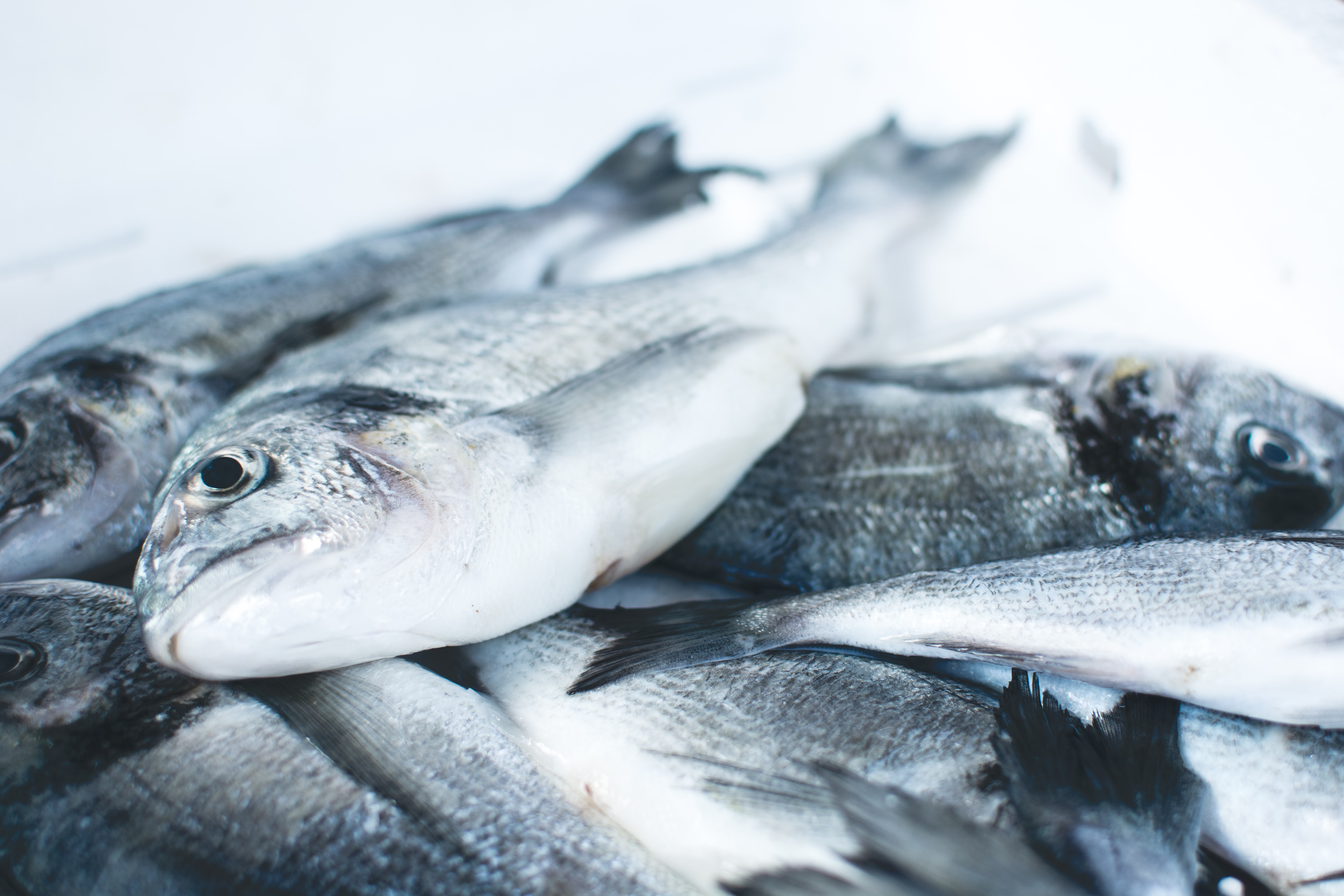CatFish Farming Requirements in Nigeria
Fish Farming Requirements
Before thinking of how much profit you will make from starting your own Catfish farm, you must first think of the requirements. meaning what it will take to setup your own fish farming business.
lets see a fee:
Requirements for starting a fish farm
1. Land: construction of ponds, wells, overhead tank and storage is very necessary and requires land.
2. Water: water is very essential to fish farming. It is very important that you ensure that you have a system where you do not lack water. The water should be pure and void of any chemical that will be harmful to the fish. It is also very important that the water temperature is cold because fish is a cold-blooded animal.
3. Capital: your size of capital will require the scale of fish farming you will go into, but large profit, most times, requires large capital.
4. Management: a fish farm requires able management to be able to scale it successfully. Management means someone who has sufficient knowledge of fishes- fish health, disease, feeding rate etcetera.
5. Feed: it is of the utmost importance to get feeds that are very balanced and healthy for the fishes.
6. Fish pond
7. Overhead tank: for water storage
8. Fingerlings/ fish seeds.
Budget/ some of the expenses that will be procured before, during and at the end of the production process:
1. Fish pond- you may need to decide if you want to rent a pond or you want to construct one. Either way, this will incur expense- if you are renting, you may have to pay rent. If you want to construct a pond, you will need to add to your budget:
- Paying a mason
- Buying cement
- Netting (this is to prevent predators from attacking your stock)
Setting/ preparing your pond
Preparing your pond is one of the most vital things when setting your pond. This stage is very important as it determines the extent of the success/ failure of your business. If constructing a new pond, Consideration should be given to depth of the pond, proper passing of pipe for inflow and outflow of water (the stability, thickness of pipe should also be considered)
Depth of pond should also be taken note of as shallow ponds limit the growth of fishes. Catfishes do better in a pond with a depth of between 4- 6.5 feet. Taken note that a pond too deep will put farmers at a disadvantage.
A pond of 7 feet will be too deep to allow sun rays penetrate causing the water to turn black before long. A pond that is too deep will also affect the uniformity of pond temperature, causing the fishes to avoid one part of the pond. Harvesting may not come off easily without pumping out some water and it will lead to the extra cost of harvesting.
Take note: you may want to avoid areas with trees and rocks, and construct your pond where the soil is not too sandy so as to avoid seepage as much as possible.
Pond types
- Embankment pond: this type of pond is built by cement. It is built above the ground. This type may be difficult to fill with water but easy to drain.
- Excavated pond: this is the type of pond that is built from digging out soil. Clay soil is advised. This type may be easy to fill with water but difficult to drain.
Feeds: this will include various costs of various sizes of conventional and unconventional feeds. Unconventional feeds are alternative/supplementary feeds for your catfish. Some of the feeds are catfish are:
- Poultry waste (offal and internal organs of poultry) Dead poultry (boil it to prevent infections). Also, make sure it is soft so the fishes can find it easy to eat)
- Cracked/ unhatched/ infertile eggs
- Maggots
- Intestine and other internal organs of ruminants (cattle, goat and sheep) -Meat and bone marrow waste
- Earthworm
- Toad and frogs
Factors to consider when selecting feed for your fish
It is very necessary that a good understanding of available and required feed ingredient so as to enable that your catfishes are healthy, and also to avoid as much possible, low mortality rate. Catfish feed must be cost-effective, palatable and nutritious to meet the basic nutritional needs of the fishes.
i. Cost: feeds can be expensive for a fish farmer, but cost-effectiveness should be only be analyzed against finances alone but the health implication of such feed should also be considered.
ii. Age circle of fishes: the age of your fishes must be considered when selecting feeds for your fish. As the fish increase in age, the use of imported may be reduced for the local ingredient. Also, an ingredient with high energy rate should be selected for fish as they advance in age.
iii. Nutritional composition: the nutrition must be considered. The essence of feed formulation is to meet the nutritional need of fishes at reduced cost without reducing the quality. Nutritional composition of the available ingredient must be given due consideration. Some of the feed additives are not negotiable. Vitamins not found in sufficient quantity in feed ingredients must be provided in synthetic form. Methionine, Lysine, fish premix are non-negotiable.


Comments
Post a Comment